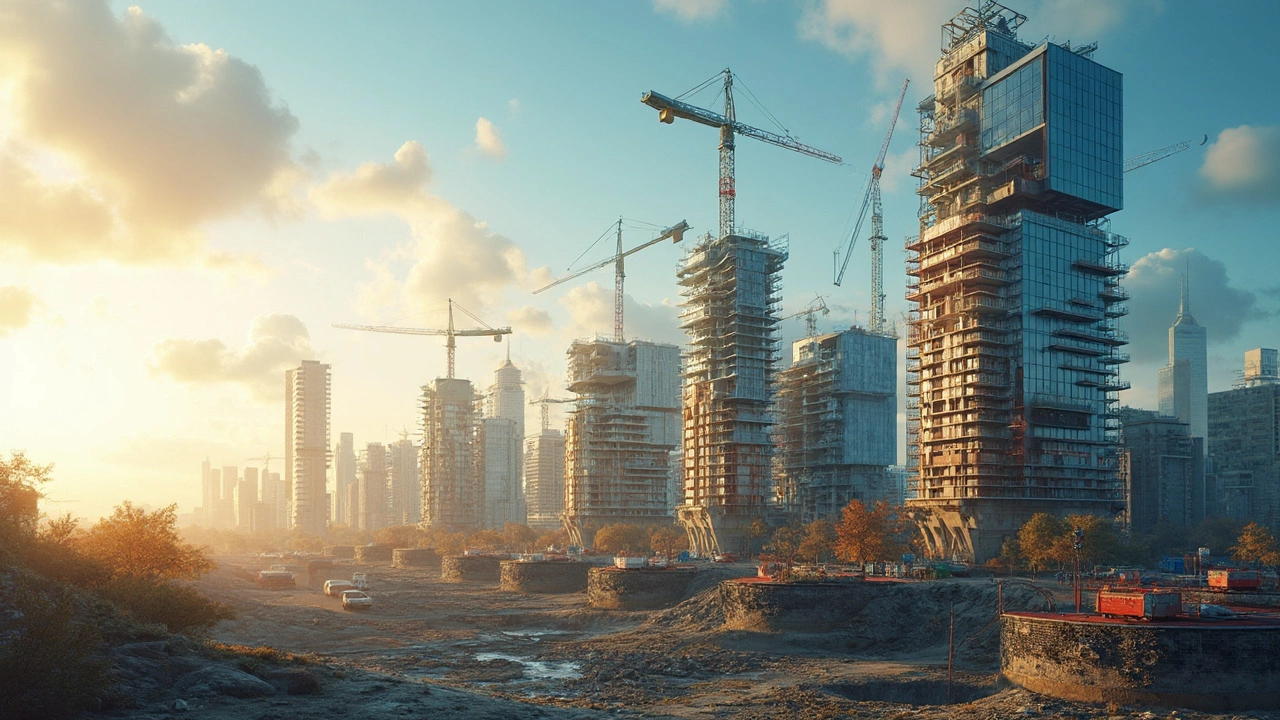New Construction Settling – What Happens and How to Deal With It
When you step into a brand‑new house, you might notice doors that don’t close perfectly or tiny gaps appearing in the floorboards. That’s not a defect – it’s called settling. As the structure dries out and the soil underneath finds its balance, the whole building shifts a little. It’s a natural part of the construction process, but knowing what to expect can save you stress and money.
Why Settling Happens
Every new build starts with fresh concrete, timber, and drywall that all contain moisture. As the moisture evaporates, those materials shrink. Soil under the foundation also compresses under the weight of the house. Together, these changes cause the frame to move – usually a few millimetres to a centimetre over the first year. It’s most noticeable in areas with large open spaces, like living rooms, because there’s more room for the floor to flex.
Climate plays a big role too. In dry, hot summers the shrinkage speeds up, while rainy periods can slow it down. If your plot sits on clay soil, the ground expands when it’s wet and contracts when it dries, adding extra movement. Builders account for this, but tiny imperfections still show up as the house settles.
What to Watch For
Keep an eye on these common signs: door frames that stick, windows that stick or develop cracks, gaps between walls and ceilings, and uneven floorboards that creak. Cracks that appear in plaster or drywall, especially around windows, are also typical. If you see large cracks wider than a hairline or doors that suddenly won’t open at all, it could mean a deeper issue like foundation movement.
Another clue is uneven flooring. Walk across the room – if you feel a bump or a dip, that’s a sign the joists are adjusting. While most of these symptoms are harmless, they’re worth monitoring. Take photos when you first notice something, then check back after a few months to see if it’s getting worse.If you live in an area with expansive clay, consider getting a soil test. It can tell you how much the ground is likely to move and whether you need extra measures like a deeper foundation or moisture‑control systems.
Most settling stops within the first 12‑24 months. After that, the structure stabilises and the small shifts disappear. It’s a good idea to schedule a professional inspection after this period, especially if you plan big renovations or if you notice any of the warning signs.
In the meantime, simple fixes can improve comfort: sanding down door frames, adjusting hinges, or using a shim under uneven floors. These quick fixes don’t solve the root cause, but they make daily life easier while the house finishes its natural adjustment.
So, if you’re moving into a newly built home, don’t panic when you spot a creaky floor or a stubborn door. It’s usually just the building settling into its final shape. Stay observant, note any changes, and you’ll keep your new home safe and comfortable without a headache.
How Long Does It Take for a New Building to Settle?
- Gavin Whitaker
- |
- |
- 0
New buildings are a marvel of modern construction, but they must undergo a natural settling process. This process involves the gradual shift and stabilization of a building's foundation. Learn about typical settling timelines, factors that influence this process, signs that your building is settling correctly, and some handy tips to handle any settling issues.
View more